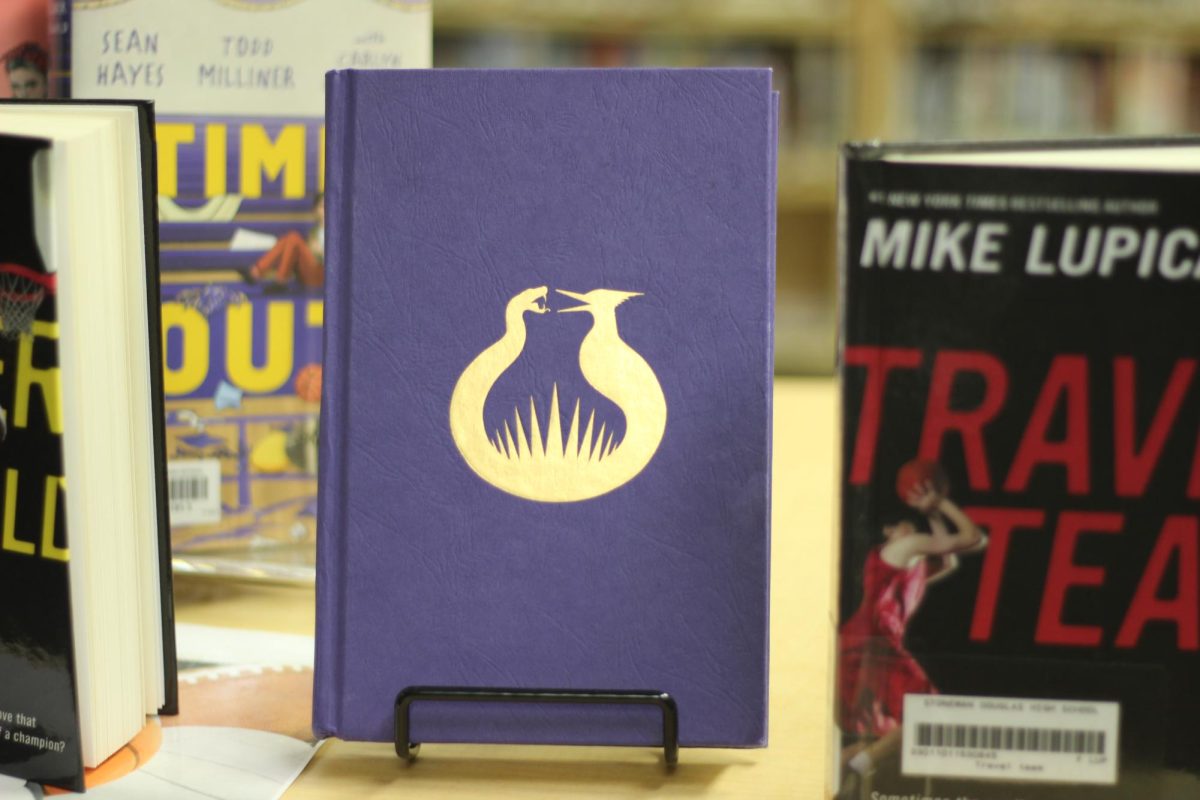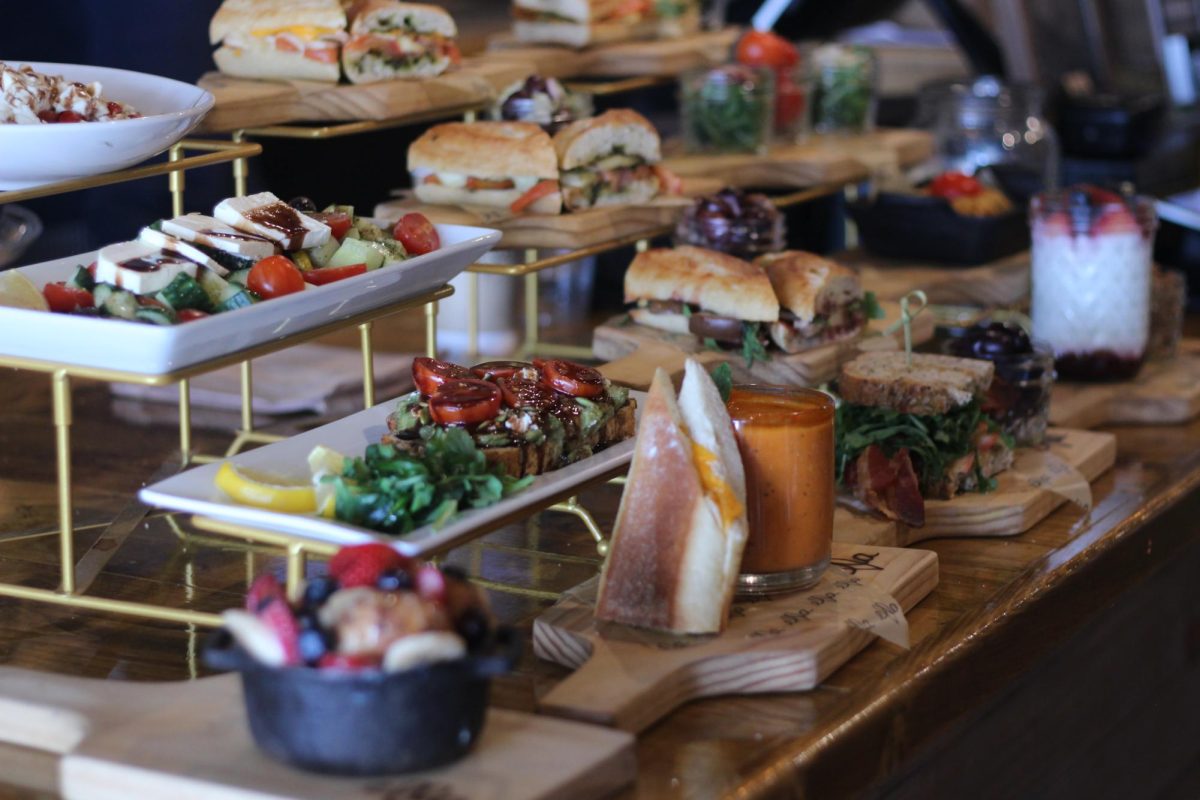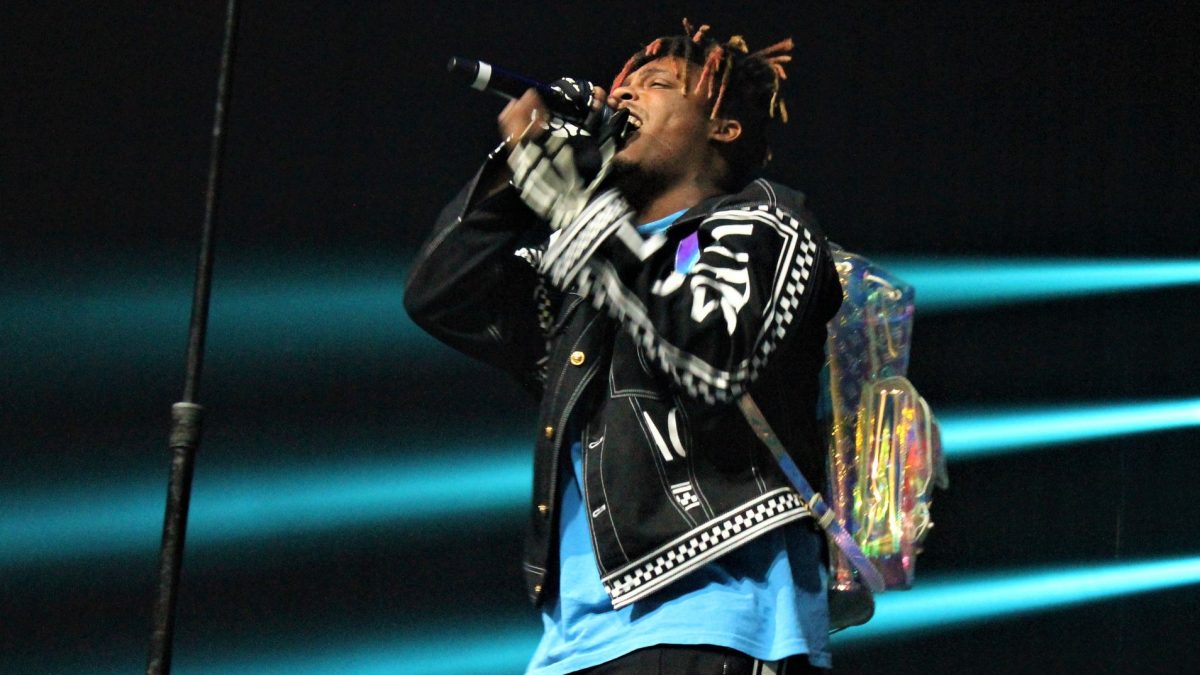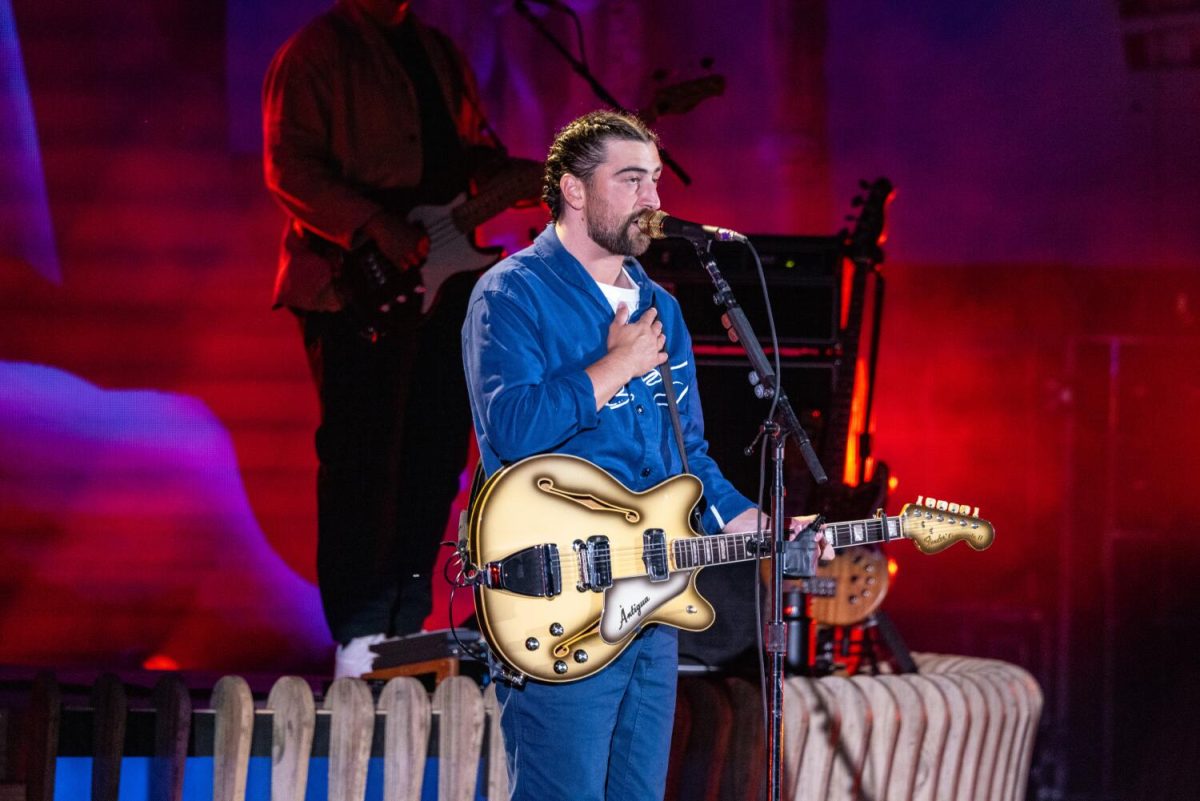At the mention of the city of New Orleans, one’s mind can’t help but wander to the tragedies that occurred there in consequence of Hurricane Katrina, which marked its 10-year anniversary this past August. Hurricane Katrina is denoted as one of the five deadliest hurricanes in the history of the United States; hundreds of thousands of people were left without homes or jobs and almost two thousand people were killed. In the face of calamity, though, the people of New Orleans managed to summon up resilience- a quality that has allowed the people and the culture of New Orleans to rise from the rubble and rebuild.
In late November, I touched down in New Orleans, Louisiana with expectations of jazz music, excessive amounts of crawfish and Mardi Gras beads. I had only ever heard of the magical allure that encompasses the city, the colorful charm, and the mélange of people moving at all hours of the day and night. But, all of these things have to be experienced first hand to fully understand.
After my family and I arrived in downtown New Orleans and dropped off our bags in the hotel, we headed to the madness that is Bourbon Street for a taste of what was to come. Just a quick right from the iconic St. Louis Cathedral, one will undoubtedly be overwhelmed by all of Bourbon’s sights and sounds. With seedy palm readers and voodoo shops, interactive street performers, and even a seventy-year-old woman dressed as Santa Claus blasting rap music on a bicycle, Bourbon Street is what would likely result if Times Square and Las Vegas decided to have a baby. Though Mardi Gras passed over nine months ago, rowdy hotel guests stand on balconies flinging brightly-colored beads onto unsuspecting passerbys down below, while beads that missed their target lay draped across the rooftops and across the buildings’ scaffoldings. Various jazz bands situated in each bar seem to engage in an unspoken battle to see which can be the loudest, while iconic restaurants positioned along the sides of the streets bask in the underlying allure found in the insanity that we call Bourbon Street. Although many New Orleanians and college students attending school in the city claim that they avoid Bourbon Street like the plague, I found myself returning back many times throughout my already-short visit. New Orleans without Bourbon Street would be as incomplete as Paris without the Eiffel Tower, just as incomplete as a trip to New Orleans would be without a visit.
The next morning, a short $1.25 trip on the St. Charles Avenue Streetcar Line later and we arrived at Tulane University. Initially founded in 1834 as the Medical College of Louisiana, the second medical school in the South and the 15th in the United States, the state legislature established the school as the University of Louisiana in 1847. In the year 1884, a man named Paul Tulane donated real estate in New Orleans for the support of education, creating the Tulane University of Louisiana and privatizing the school. Located in Uptown New Orleans opposite Audubon Park, the Tulane University campus is embellished with huge oak trees, one of which holds a surplus of Mardi Gras beads, lush green grass and over 100 buildings in a gumbo of styles.
The school’s tour began with a PowerPoint slideshow complete with bulleted statistics revealing the school’s 28 percent acceptance rate, 3.49 average GPA, 1870-2130 average SAT range and ranking as #41 in US News’ ranking of 2016 Best Colleges. A question and answer session disclosed the school’s 9:1 student to faculty ratio, 65% enrollment of students from out-of-state, undergraduate population of 8,339, and 16 NCAA Division 1 varsity teams. A tour of the 110 acre campus exhibited 92 buildings, some of which include the School of Medicine, School of Public Health and School of Social Work, and a top-tier teaching Medical Center located just 12 minutes from campus.
I was pleasantly surprised to learn about the school’s Service-Dog Training and Education Program, TUSTEP, which allows students to raise and train puppies until they are 18 months old, a perfect college attribute for aspiring veterinarians like myself; the school’s multiple Festivals such as Mardi Gras, Jazz Fest, French Quarter Fest, Barkus (a dog costume parade,) Po-Boy Festival and Crawfest, which is actually located on Tulane University’s campus, just to name a few. Tulane is also one of the most geographically diverse universities in the nation, has 33 percent of their population of students receiving non-need based financial aid, more than over 200 student organizations, including the Dumbledore’s Army of Tulane, whose description says, “The purpose shall be to enjoy Harry Potter as thoroughly as possible,” Tulane University Pre-Veterinary Society, Humans vs. Zombies, the Slam Poetry Team, Student Government, religious clubs, the list goes on.
Tulane University is truly a university like no other, and its unmatched nature is only magnified by the distinctiveness of the city of New Orleans. From countless beignet trips to Café Du Monde, a jazz show at the historical Preservation Hall, photo-ops at the St. Louis Cathedral and the American Horror Story: Coven mansion, a tailgate at the Tulane vs. Tulsa football game, a 3-hour sightseeing bicycle tour through the city’s history-rich neighborhoods, and a ridiculous amount of good food, it only took me three days to fall in love with a city I had never traveled to before and all that it’s streets have to offer. I can promise with utmost confidence that I will be back.
In a time when neighborhoods across the city were quite literally being uplifted and dispersed, leaving behind little to nothing, New Orleanians uncovered a hidden blessing disguised in all of the tragedy. Hurricane Katrina rid communities of what would otherwise senselessly separate its people- the size of one’s house, the price of one’s car, the manicuring of one’s lawn- and instead revealed the underlying connection that the people of New Orleans now share, no matter their socioeconomic status before the disaster. Hurricane Katrina, the Category 5 storm that devastatingly ripped through New Orleans in August of 2005, had effects far greater than the ones we see on television. It revealed the true “jambalaya” of cultures interwoven together, laced with a sense of pride in their incredible city of New Orleans- the city that I, along with thousands of others every single day, continue to visit, fall in love with, and vow to return to at every opportunity.








![[Review] ‘The Inheritance Games’ series warms readers’ hearts](https://eagleeye.news/wp-content/uploads/2025/01/Screen-Shot-2025-01-08-at-8.37.08-AM.png)


Jab Ska • Jan 30, 2016 at 11:38 am
This is fake journalism! I bet you were never even there.
Amit Dadon • Feb 1, 2016 at 3:47 am
Bet
Tristen • Jan 9, 2016 at 6:18 am
This is awesome
Amit Dadon • Dec 16, 2015 at 5:58 pm
lit
Kyle Wiseman • Dec 16, 2015 at 12:49 pm
Feel like I was there with you!
Justin Salk • Dec 16, 2015 at 12:45 pm
Great writing